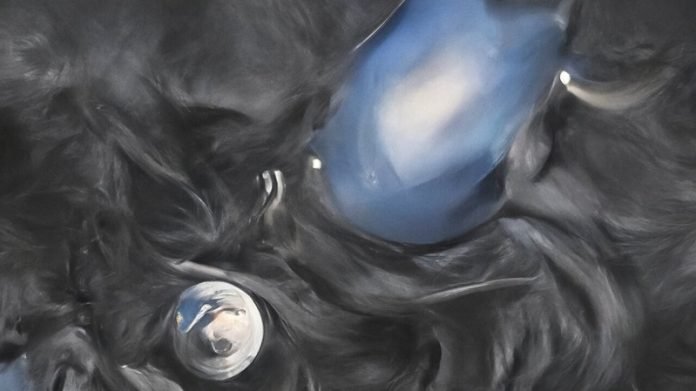
Astronomers, using the incredible James Webb Space Telescope, have made a groundbreaking discovery.
They’ve found a galaxy far away in the universe, which looks a lot like our Milky Way. This discovery is special because it’s the most distant galaxy of its kind ever seen.
The team includes Alexander de la Vega from the University of California, Riverside, and experts from the Centro de Astrobiología in Spain.
Previously, scientists thought galaxies like ours couldn’t be seen in the universe’s early days.
Our universe is about 13.8 billion years old, and it was believed these kinds of galaxies didn’t appear until it was about half that age.
But this new research, published in the prestigious journal Nature, proves that theory wrong.
This newly discovered galaxy is called ceers-2112. It formed not long after the Big Bang, the massive explosion that started the universe.
De la Vega, who’s been studying galaxies since his days at Johns Hopkins University, shared some fascinating insights. He said ceers-2112 is a real surprise. In the early universe, galaxies were mostly messy and disorganized. Finding a galaxy like ceers-2112, which is as orderly as the Milky Way, was not expected.
What makes ceers-2112 similar to the Milky Way is a feature called a galactic bar. Imagine a bar of candy. A galactic bar is somewhat like that but made of stars and found in the center of galaxies. While these bars are common in spiral galaxies (like the Milky Way), they’re rare in other types.
The presence of a bar in ceers-2112 suggests that galaxies became structured and matured faster than we previously thought. This means we might need to change some of our ideas about how galaxies form and evolve.
Usually, it takes billions of years for galaxies to become orderly enough to develop these bars. But ceers-2112 shows that this can happen in much less time, maybe even in less than a billion years.
Bars in galaxies like the Milky Way form because of the way stars move in an ordered pattern.
They can appear due to the spiral structure’s instability or the gravitational effects from nearby galaxies. In the universe’s early days, when galaxies were still young and chaotic, it was believed that these bars couldn’t form or last long.
This discovery is set to change two major things in astronomy. First, it challenges our theories on how galaxies form and evolve. Theories will now have to consider that some galaxies can stabilize and host bars much earlier than previously thought.
This might also mean adjusting our understanding of how much dark matter is in these early galaxies, as dark matter influences bar formation. Second, it shows that we can detect structures like bars in very young galaxies. This is crucial because galaxies were smaller in the distant past, making finding such features more challenging.
Dr. de la Vega played a significant role in this research. He estimated the redshift and properties of ceers-2112. Redshift tells us how far away a galaxy is and how far back in time we are looking at it. This is because light takes time to travel across the universe.
The James Webb Space Telescope’s capabilities and the team’s expertise allowed them to accurately measure the size and shape of ceers-2112’s bar, which was initially thought to be difficult due to measurement uncertainties.
In summary, the discovery of ceers-2112 is a significant step in understanding our universe’s history. It challenges previous beliefs and opens new avenues for exploring galaxy formation and evolution.
Follow us on Twitter for more articles about this topic.
Source: KSR



